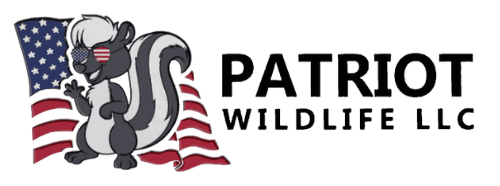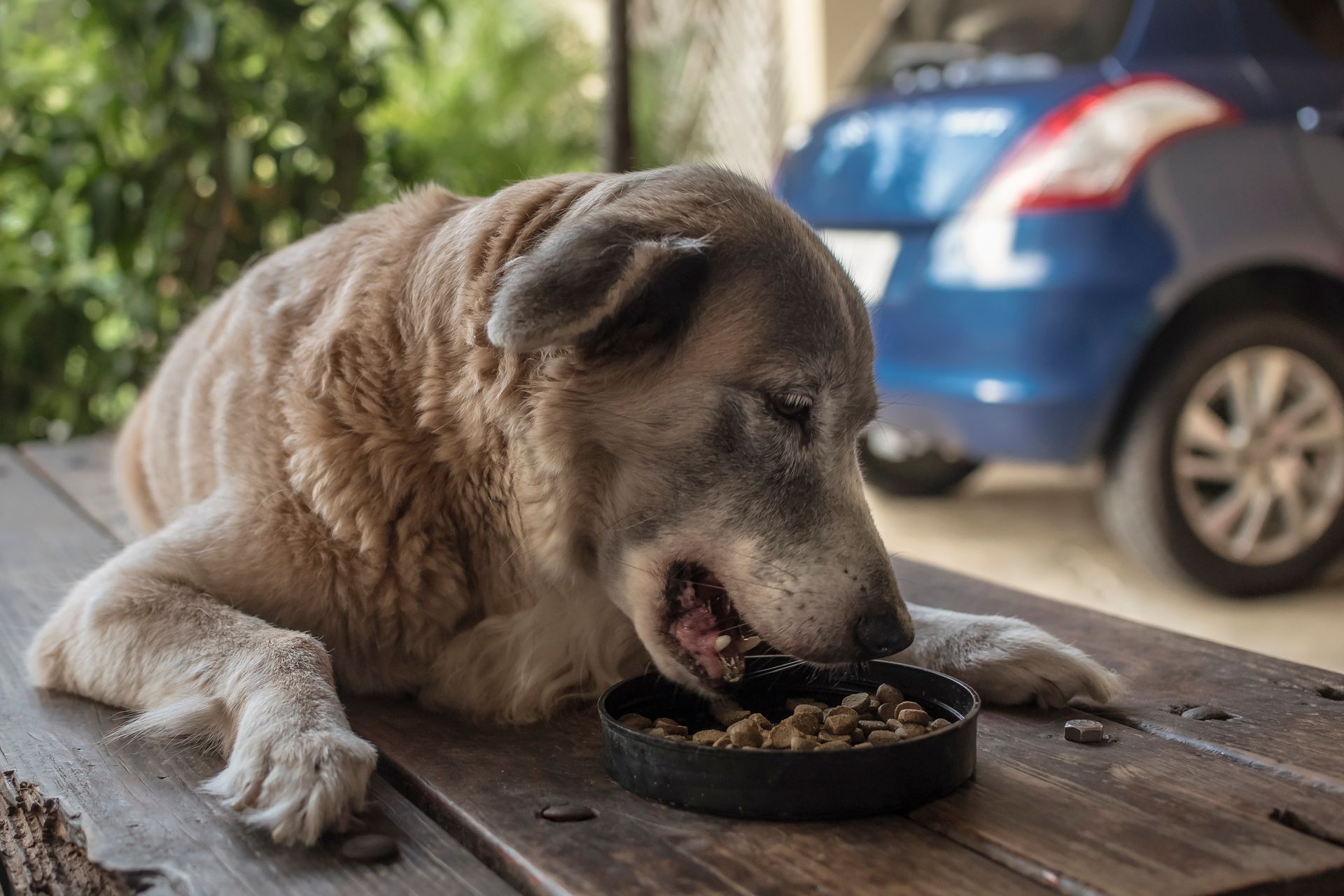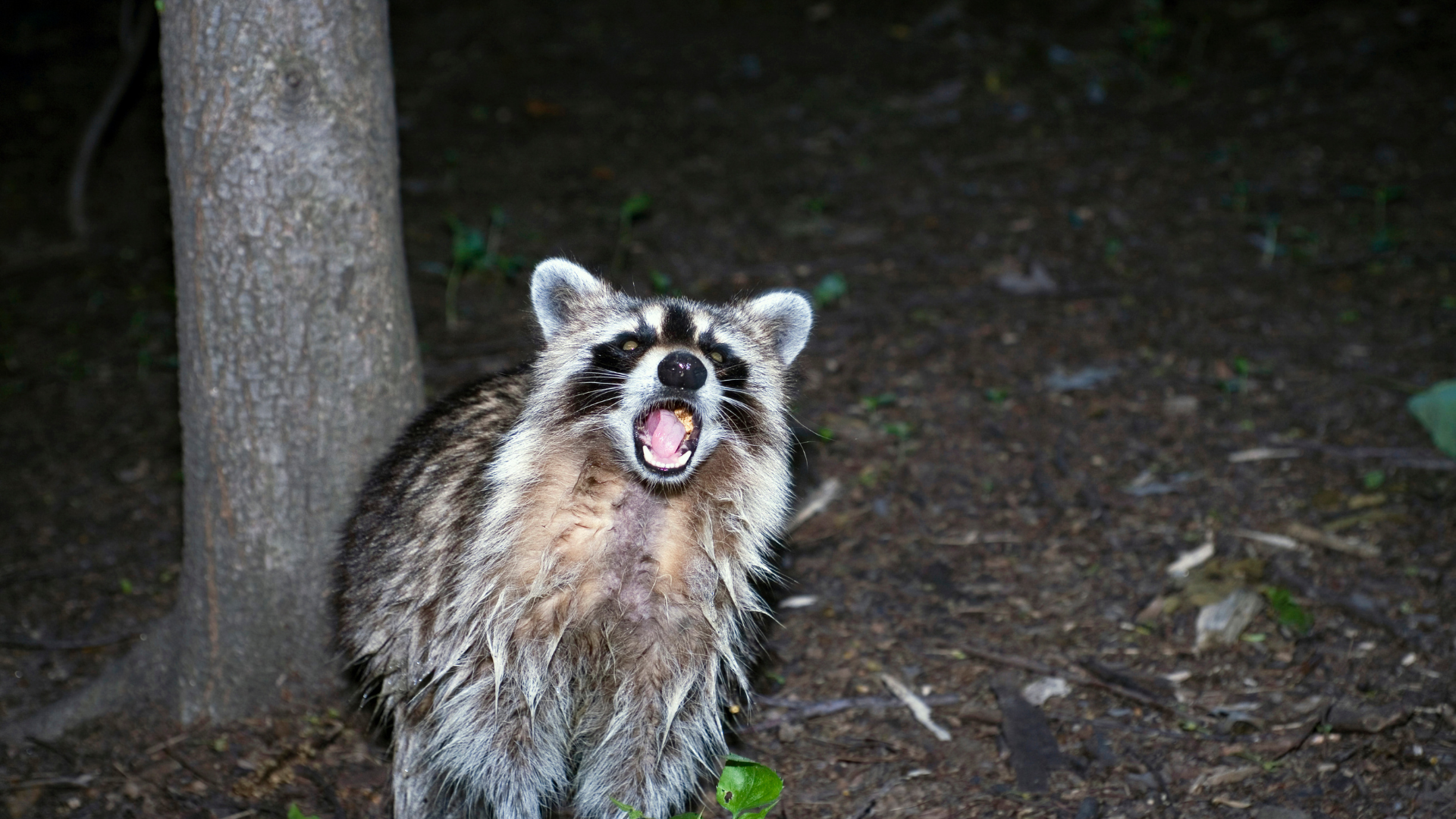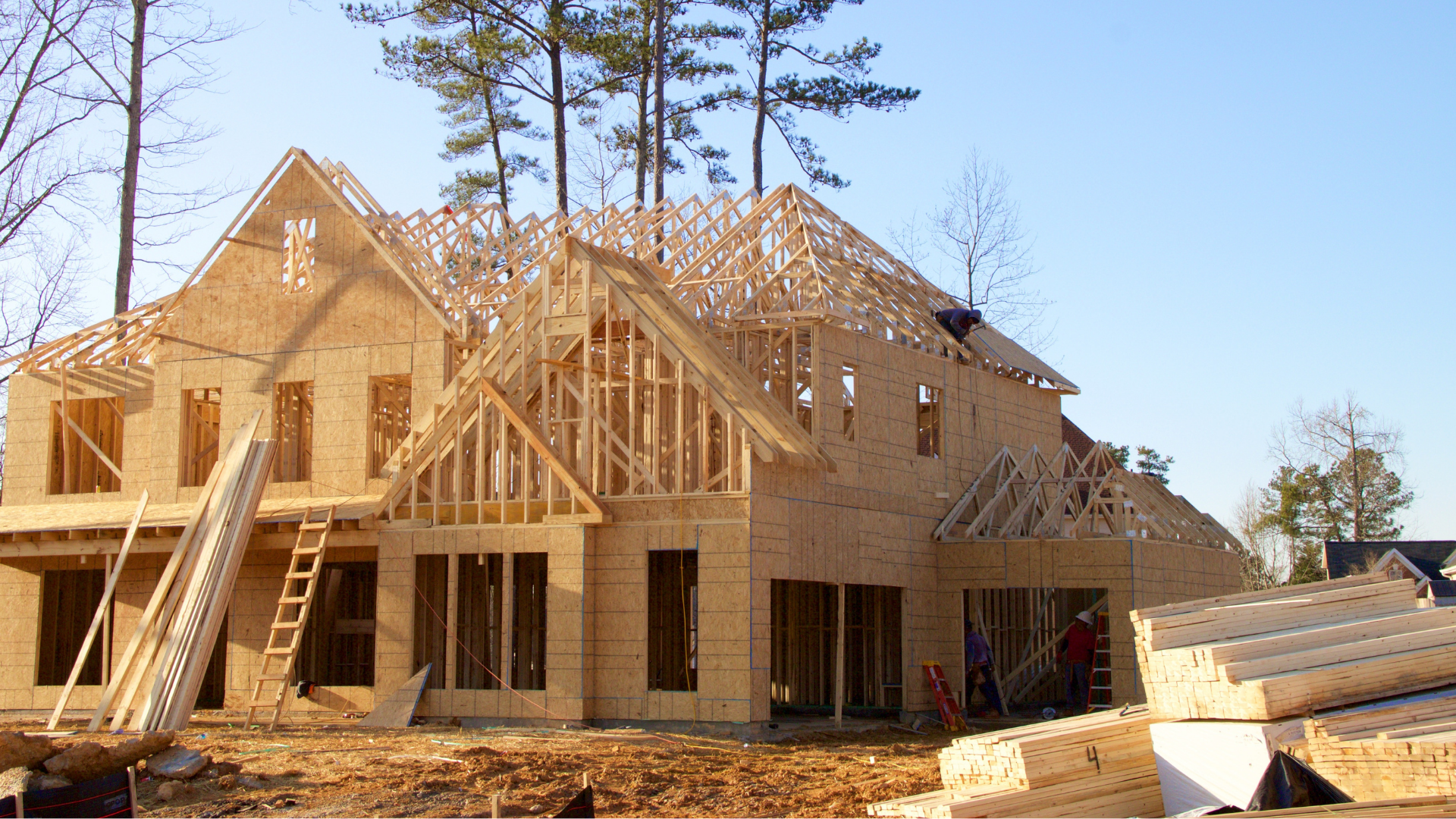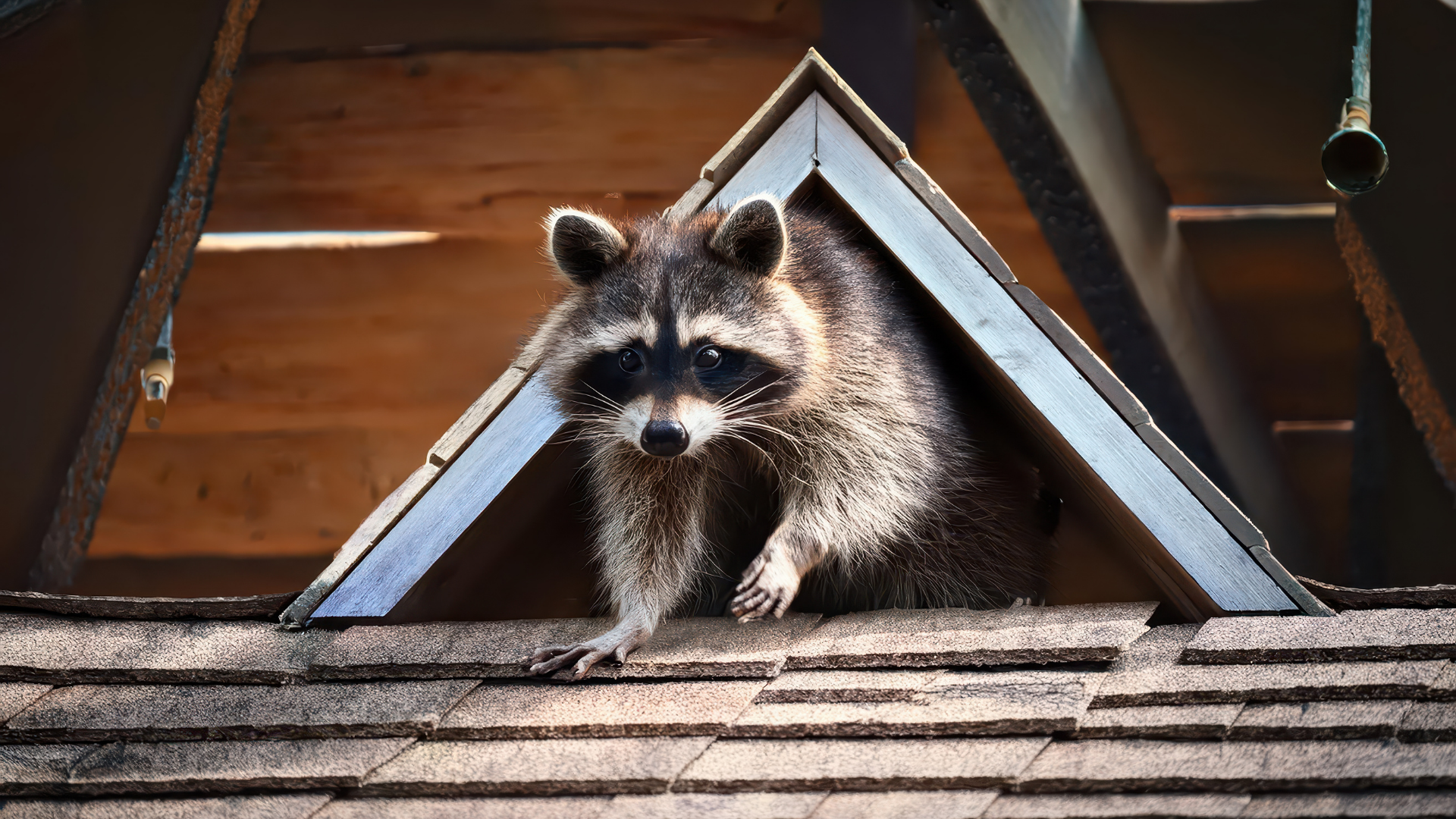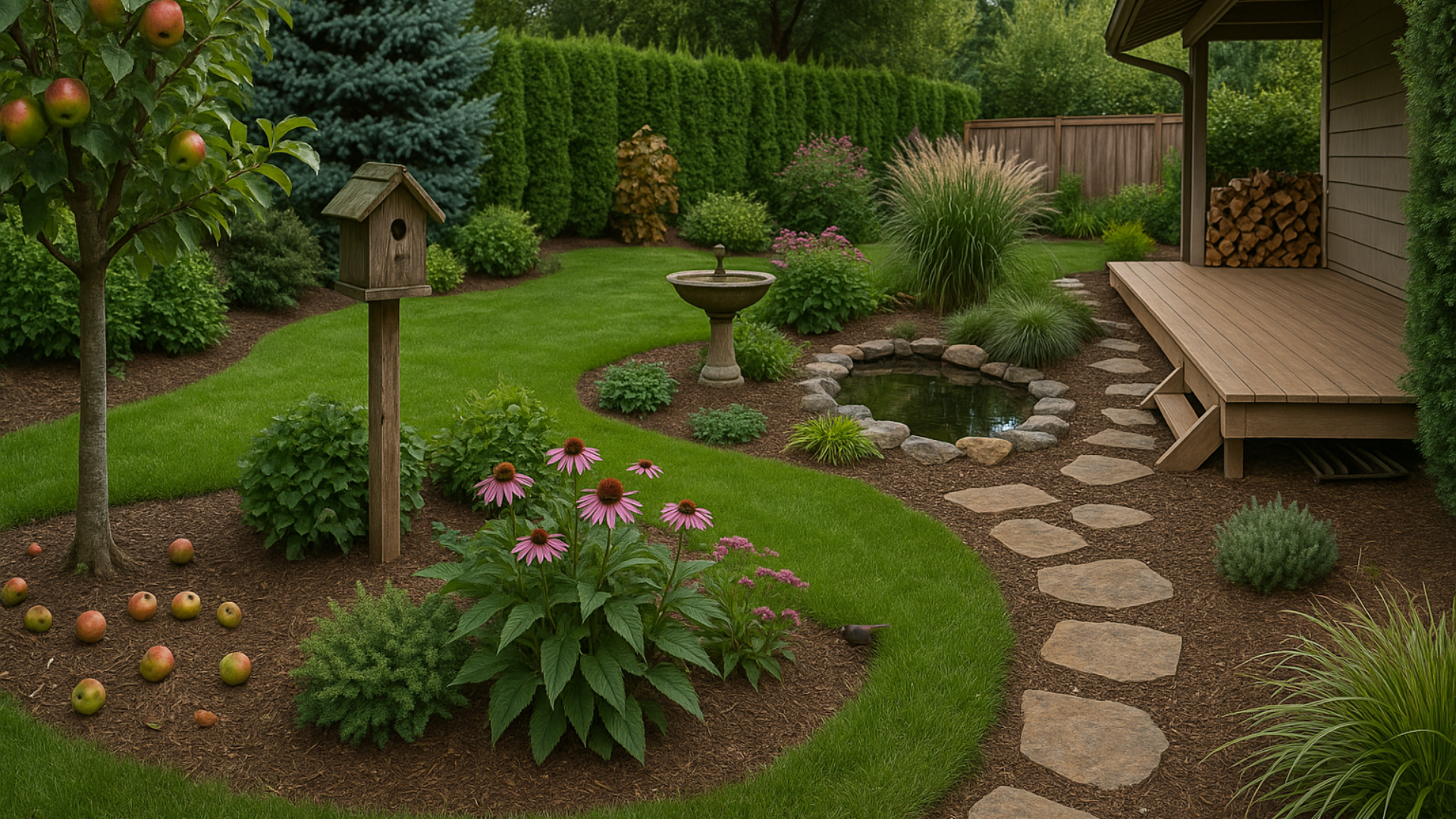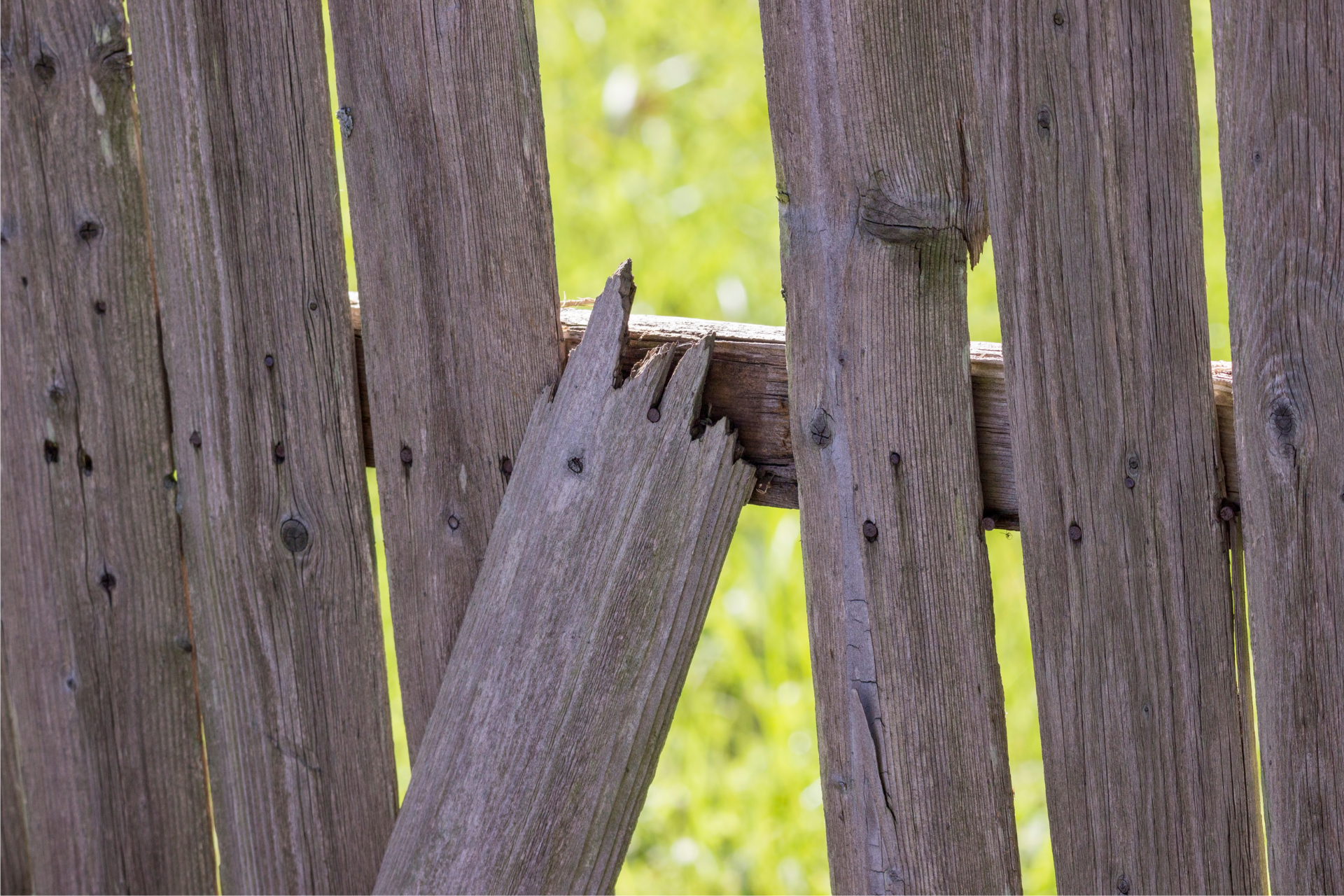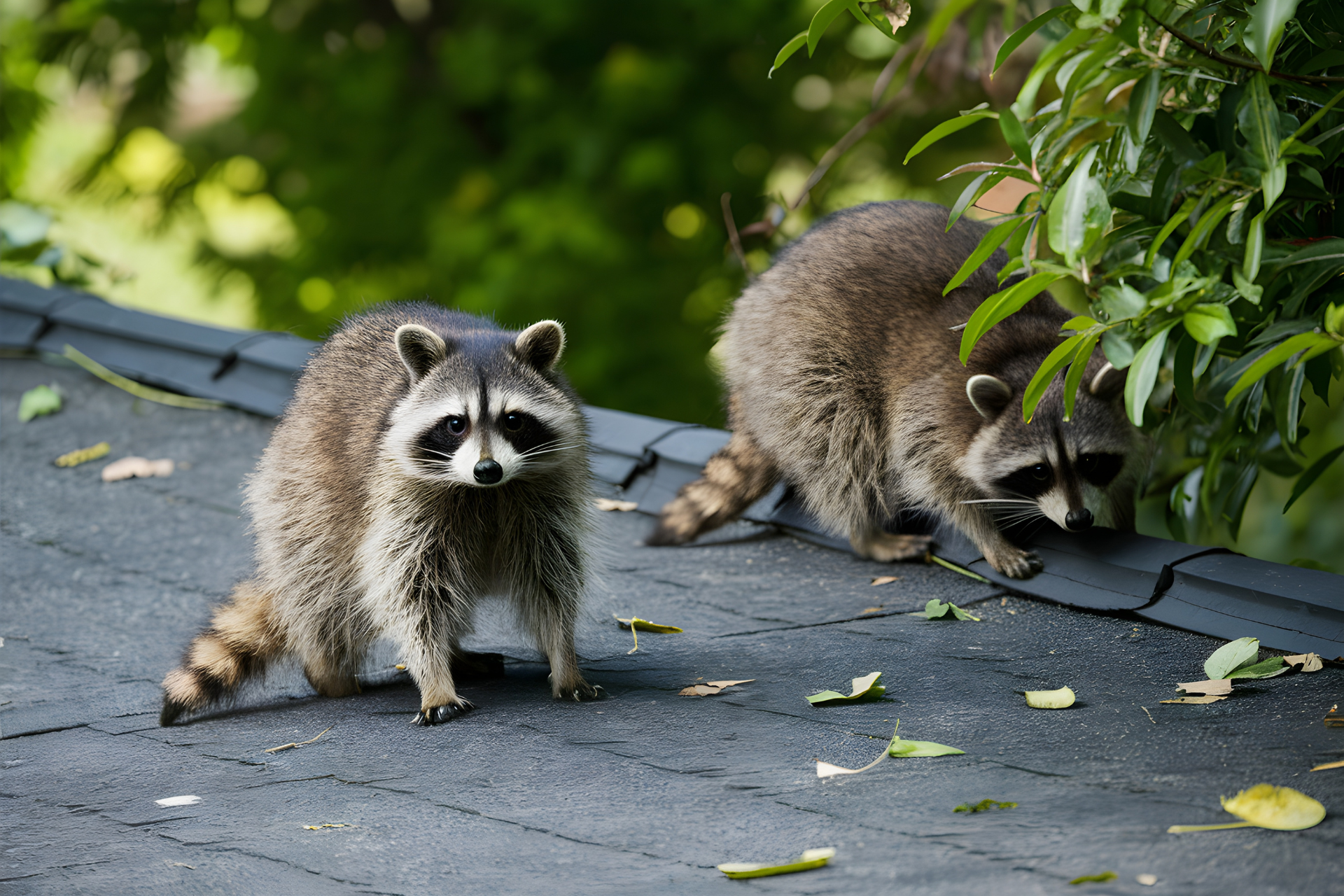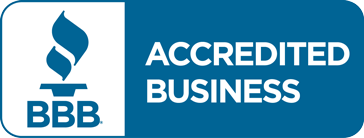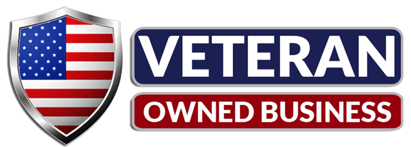When Wildlife Threatens HVAC Systems
How Animals Damage Heating And Cooling Infrastructure
Modern homes and commercial buildings are built to protect people from the elements, yet the very systems that make them comfortable often attract unwanted attention from wildlife. Raccoons, in particular, are notorious for exploiting gaps in roofing, loose vents, and weakened soffits. They’re drawn to the warmth that heating units give off in winter and the cool air that ductwork can circulate during summer. Add in the scent of nearby food waste from dumpsters, pet dishes, or compost bins, and the stage is set for persistent intrusions.
Once a raccoon discovers an accessible opening, it doesn’t take long before it starts testing its strength and dexterity. These animals are remarkably resourceful, capable of prying open grates, pushing aside light covers, or squeezing through surprisingly small gaps. What starts as a single entry point can quickly become a repeated path into the infrastructure of a building. The damage isn’t immediate in every case, but once they find a spot that provides reliable shelter or consistent warmth, they’ll return, and the risks start compounding.
It’s not just raccoons that cause trouble. Squirrels, opossums, and even smaller rodents are motivated by similar needs for shelter and food. Heating and cooling systems offer exactly that combination: a climate-controlled environment tucked away from predators and weather. Unfortunately, when animals settle into these areas, the effects go far beyond simple inconvenience.
How Chewed Wires And Duct Obstructions Create Bigger Problems
Inside the intricate network of an HVAC system, there are countless wires, lines, and moving parts. Animals that chew or gnaw have a natural tendency to test their teeth on whatever is in reach. Insulated electrical wires running through attics or crawl spaces become easy targets. Once the protective covering is compromised, wires are left exposed. This doesn’t just reduce the system’s efficiency—it introduces the possibility of electrical failures, shorts, or even fire hazards.
Air ducts are another common victim. Animals exploring or nesting inside them can push debris, fur, or nesting material deep into the pathways. A duct that’s clogged restricts airflow, which forces the heating and cooling units to work harder. Over time, this strain translates into higher utility bills and mechanical breakdowns that demand costly repairs. What’s more, the airflow that does make its way through those ducts may carry contaminants from animal droppings or decaying material. The result is compromised indoor air quality, something no homeowner or business wants to deal with.
There’s also the issue of mechanical parts being obstructed. Fans, coils, and vents can be blocked by nesting materials or damaged by repeated animal traffic. When blades or moving components get jammed, the system can shut down entirely. In commercial environments, that can mean disrupted operations, uncomfortable employees, and an immediate need for emergency repair. In residential settings, it can turn into long, uncomfortable nights while waiting for technicians to restore service.
Why Damage Builds Up Over Time
One of the most frustrating aspects of animal-related damage is that it often develops quietly, hidden within walls, attics, or behind vents. A small raccoon nest might start in a corner of the attic, unnoticed for weeks or months. During that time, the animals may chew a little insulation here, push aside ductwork there, or scratch at wiring as they move around. By the time strange noises, odd smells, or uneven heating and cooling reveal that something is wrong, the underlying damage may already be extensive.
Because HVAC systems are interconnected, one minor obstruction or electrical issue can ripple outward. A blocked return vent can force other parts of the system to overcompensate, leading to breakdowns in areas far removed from the original problem. The same is true with wiring—one chewed cable can cause circuit problems that confuse or disable the entire unit. Property owners often underestimate how quickly these small issues add up to major expenses.
Raccoons in particular can be relentless. Once they’ve claimed a space as shelter, they’ll return night after night, dragging food in with them and leaving waste behind. That behavior compounds both the mess and the damage. In addition, young raccoons raised inside attics or near HVAC infrastructure often chew and claw as they grow, unintentionally expanding the destruction. It becomes not just a single nuisance but a long-term pattern that can undermine the integrity of the building’s systems.
The Broader Impact On Comfort And Costs
While it’s tempting to think of wildlife damage as limited to chewed wires or blocked ducts, the consequences reach much further. Reduced efficiency means heating and cooling units consume more energy to maintain the same temperature, which shows up month after month in higher bills. The added strain also shortens the lifespan of the equipment, forcing property owners to consider replacements years earlier than they otherwise would.
Comfort inside the building also takes a hit. Rooms may cool unevenly, with some areas feeling drafty while others remain stuffy. The sounds of scratching or movement in ducts and vents can make it difficult to relax. Even odors from animal waste or decaying material can permeate the living or working environment, creating an unpleasant atmosphere that lingers until the root cause is resolved.
For businesses, there’s an added layer of concern. Disrupted HVAC systems affect customers, staff, and equipment that relies on consistent climate control. A single outage in the middle of summer or winter can reduce productivity, push away clients, and trigger expensive emergency service calls. For homeowners, the stress often comes from the uncertainty—wondering if the noises in the attic will lead to another costly repair or if the next spike in the electric bill is around the corner.
These ongoing effects show why even small breaches made by raccoons or other wildlife into heating and cooling systems should be treated as serious. The hidden costs, from energy waste to premature equipment failure, make it clear that intervention isn’t just about removing the animals—it’s about protecting the infrastructure that keeps the building livable.
Heating and cooling systems represent one of the most important investments in any home or business, yet they’re surprisingly vulnerable to wildlife intrusions. Raccoons and other animals are drawn to them for the warmth, shelter, and hidden entry points they provide, but their presence brings chewed wiring, obstructed ducts, and gradual system failure. The longer the issue goes unaddressed, the greater the financial and comfort-related consequences become.
At Patriot Wildlife, we specialize in addressing these problems before they spiral into major repairs or replacements. Our team understands the behavior that drives animals into heating and cooling infrastructure, and we provide strategies designed to keep them out for good. If you’ve noticed unusual noises, inconsistent airflow, or signs of wildlife around your property, it’s time to take action. Contact us today, and let us help you protect your HVAC system from ongoing damage.
